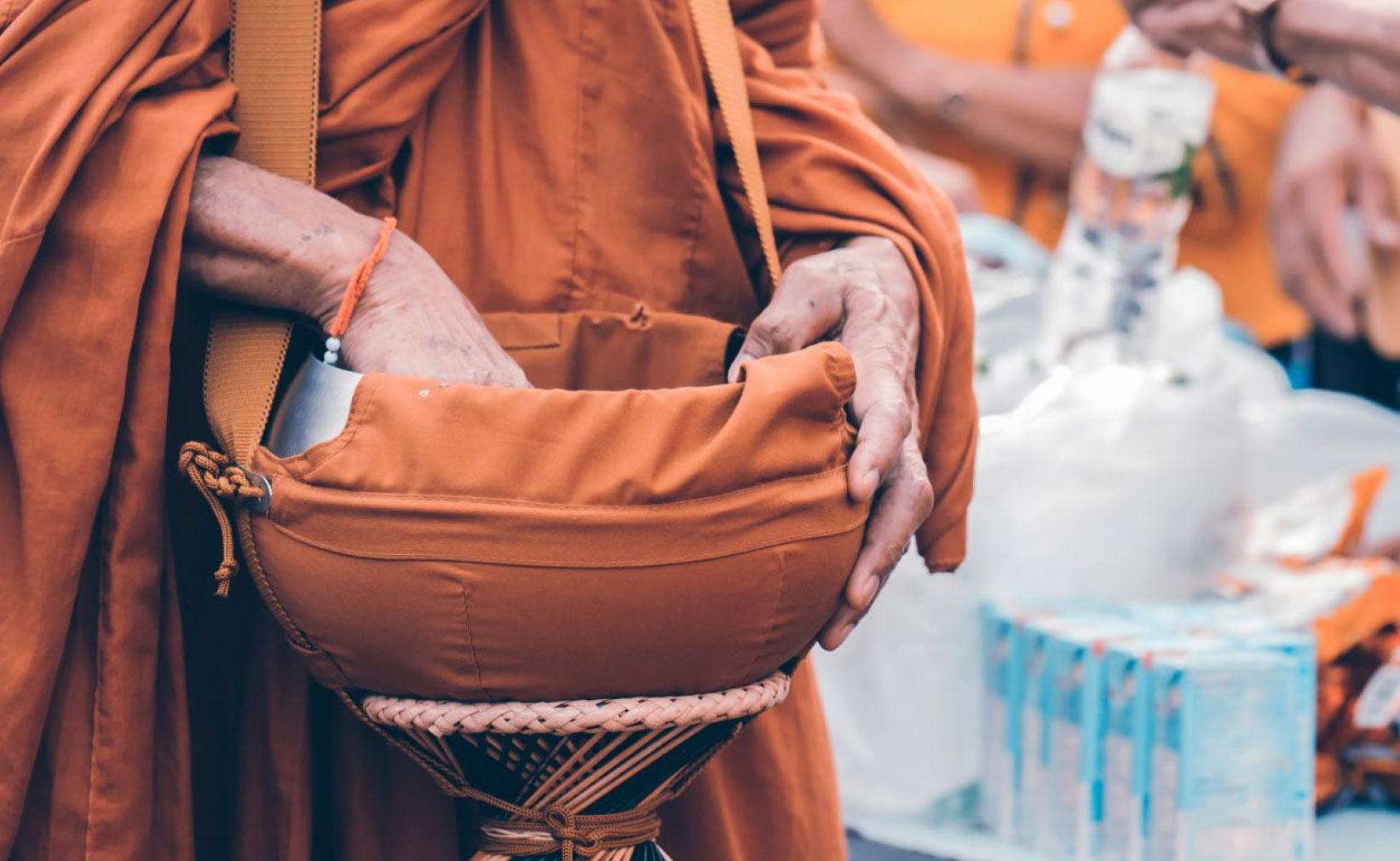
¡Hola! Sabes, cuando las cosas se ponen realmente difíciles en el mundo, es fácil sentirse perdido y preguntarse qué hacer, si tú o yo realmente podemos marcar la diferencia. Pero hace 2000 años, el apóstol Pablo dijo algo que todavía suena cierto hoy. Dijo que incluso cuando todo parece caótico, debemos orar a Dios esperando que él responda.
Esta guía le ayudará a unirse a otras personas para orar por mil millones de personas que siguen el budismo. A partir del 21 de enero de 2024, todos los días aprenderemos cómo se practica el budismo en diferentes lugares del mundo. ¿Y adivina qué? ¡Más de 100 millones de personas están orando juntas por nuestros amigos budistas!
Esta guía de oración se está traduciendo a muchos idiomas diferentes y se comparte con miles de grupos en todas partes. Lo fascinante es que las ciudades mencionadas en esta guía son los mismos lugares donde otros grupos trabajan duro y hacen cosas maravillosas todos los días. Entonces, cuando oramos, ¡también los apoyamos!
¡Estás cordialmente invitado a unirte! Mantengamos la esperanza, oremos fervientemente y contribuyamos a lograr cambios positivos juntos. ¿No es sorprendente lo maravilloso que es Jesús?
En la antigüedad, existía un príncipe llamado Gautama, nacido en lo que hoy es Nepal. Cuando era un bebé, una persona sabia predijo que crecería y se convertiría en un gran líder y una persona sabia. Su padre realmente quería que él fuera un gobernante poderoso, por lo que se aseguró de que Gautama tuviera una vida lujosa.
Pero cuando Gautama cumplió 29 años, salió del palacio y vio a mucha gente pasando por momentos difíciles. Lo afectó mucho y decidió emprender un viaje para descubrir cómo ayudar a detener todo el sufrimiento que vio.
Durante seis años, probó diferentes técnicas de meditación, con la esperanza de encontrar algunas respuestas. Finalmente, optó por sentarse bajo un árbol especial y seguir así hasta entenderlo todo. Incluso cuando el mal intentó distraerlo, Gautama se mantuvo concentrado. ¿Y adivina qué? ¡Alcanzó esta increíble comprensión llamada iluminación!
Después de eso, la gente empezó a llamarlo "Buda", que significa alguien despierto y sabio. Llegó a ser conocido como el "Iluminado" porque descubrió algunas verdades realmente importantes sobre la vida.
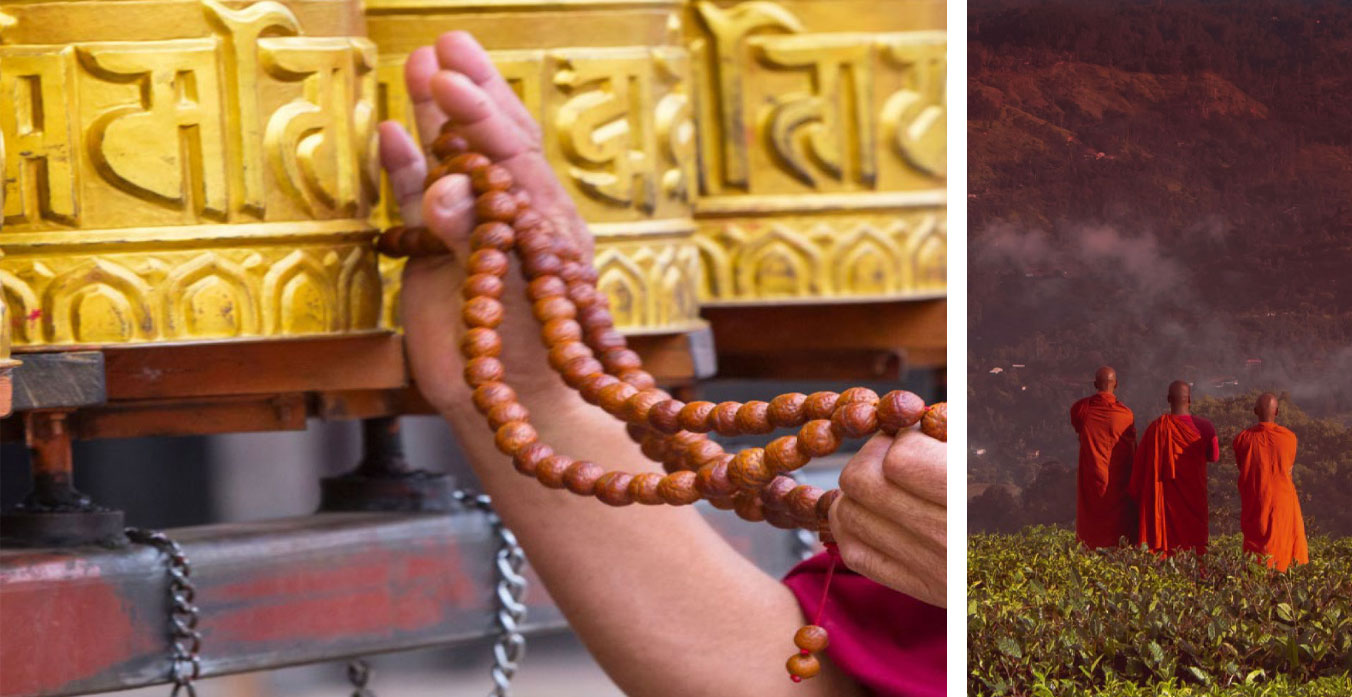
El Buda se reunió con sus amigos que también buscaban respuestas y compartió con ellos sus primeras enseñanzas. A diferencia de muchas otras historias sobre dioses o seres poderosos, sus enseñanzas no se centraron en un gran jefe en el cielo, ni en un Padre Celestial que nos creó y quiere que lo conozcamos como sus propios hijos.
Habló de lo que llamó las "Cuatro Nobles Verdades":
El Buda creía que lo que llamamos "sufrimiento" ocurre porque nos aferramos a cosas que no duran para siempre. Dijo que la única manera de avanzar para renacer es seguir lo que llamó "El Camino Medio".
El objetivo es como apagar la llama de una vela: el fin del deseo y la necesidad. Se trata de alcanzar un estado en el que nuestros deseos cesen y encontremos la paz.
El budismo actual es diferente en todas partes. Aunque el budismo no se centra en un dios supremo, se convierte en parte de diferentes culturas como una acogedora manta que se adapta a lo que ya existe. Por ejemplo, en el Tíbet, el budismo se mezcló con la religión Bon, que trataba sobre el chamanismo. Construyeron monasterios budistas para la meditación justo encima de las prácticas Bon. En Tailandia, la gente ofrece cigarrillos a los monjes como señal de respeto, pero en Bután, fumar se considera un pecado. En Tailandia, el consejo budista no permite que las mujeres se conviertan en monjes o entren en ciertos lugares sagrados de los templos. Pero en otros lugares como Nepal e Inglaterra, las mujeres pueden convertirse en monjes. Entonces, el budismo se adapta a diferentes lugares y culturas, y encontrarás variaciones en cómo la gente lo practica en todo el mundo.
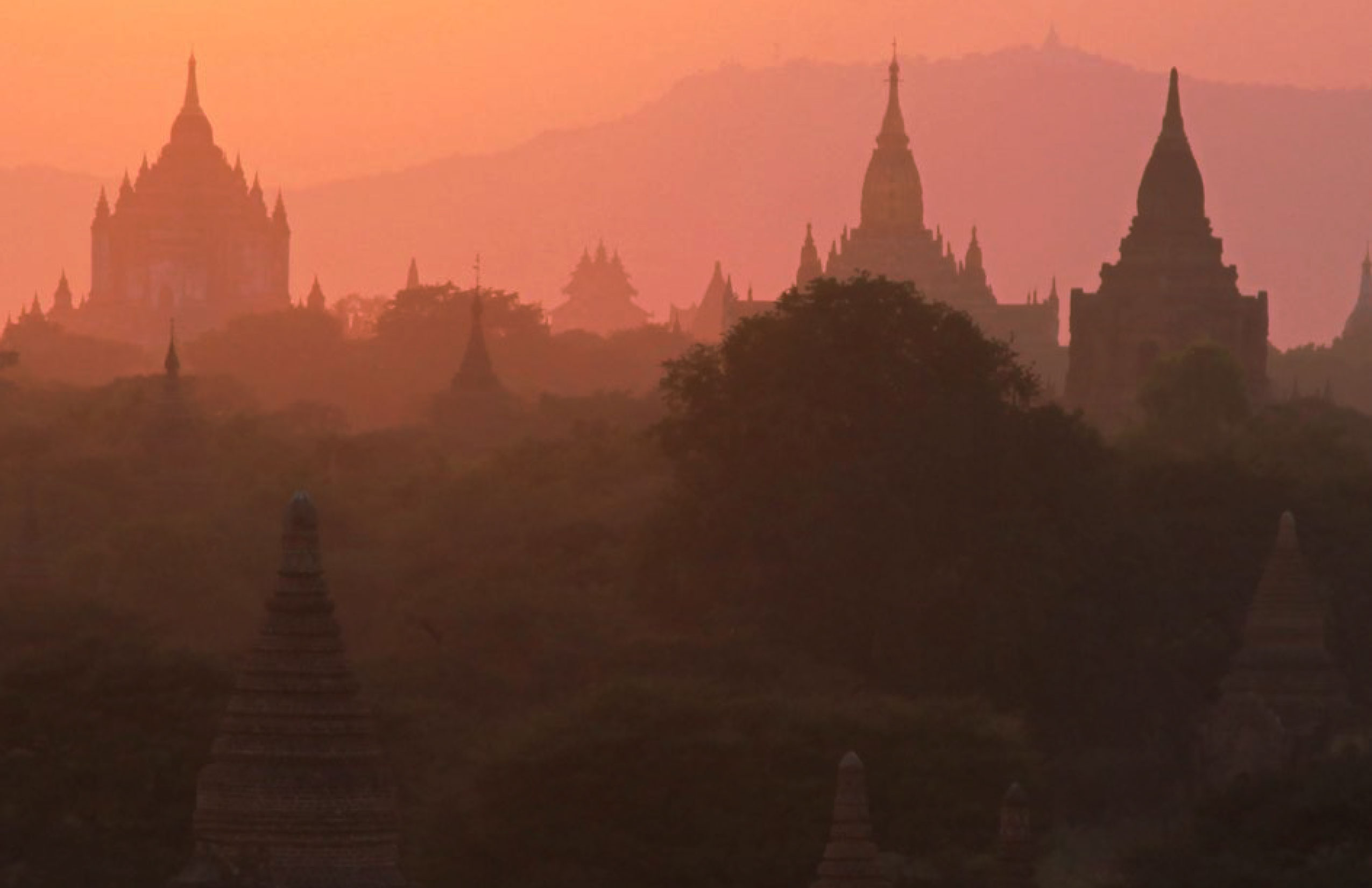
El budismo Theravada comenzó en Sri Lanka, donde las enseñanzas de Buda se escribieron por primera vez y se convirtieron en un importante conjunto de textos. Se centra en la iluminación a través de la meditación personal y haciendo cosas buenas. Lugares como Myanmar, Tailandia, Camboya y Laos siguen esta tradición.
El budismo mahayana surgió de escritos relacionados con Buda. Estos textos enseñaban algo especial: decían que un ser iluminado, llamado bodhisattva, podía decidir esperar antes de entrar en el nirvana, que es como el objetivo espiritual último de encontrar la paz y la libertad. En lugar de ir allí de inmediato, eligen ayudar a otras personas que sufren por lo que han hecho en el pasado (karma). Este tipo de budismo se practicaba habitualmente en lugares como China, Japón, Vietnam y Corea.
El budismo tibetano comenzó en la India alrededor del siglo VI d.C. Se trata de acelerar el proceso de alcanzar la iluminación a través de rituales y usando la imaginación. Estas prácticas ayudan a los seguidores a acercarse más rápidamente a alcanzar la iluminación.
Muchas personas se han sentido atraídas por diferentes tipos de budismo, especialmente aquellos que hablan de encontrar la paz interior.
Algunos se han convertido en parte de monasterios, con el objetivo de purificar sus espíritus meditando y siguiendo cinco reglas importantes sobre cómo vivir.
Otros se han conectado con lamas tibetanos, que son como monjes.
También aprenden a cantar, que es como cantar palabras especiales que son importantes en sus prácticas.
Y luego hay algunos que han adoptado una especie de budismo que es una mezcla de tradiciones asiáticas y lo que ya conocen de las ideas occidentales.
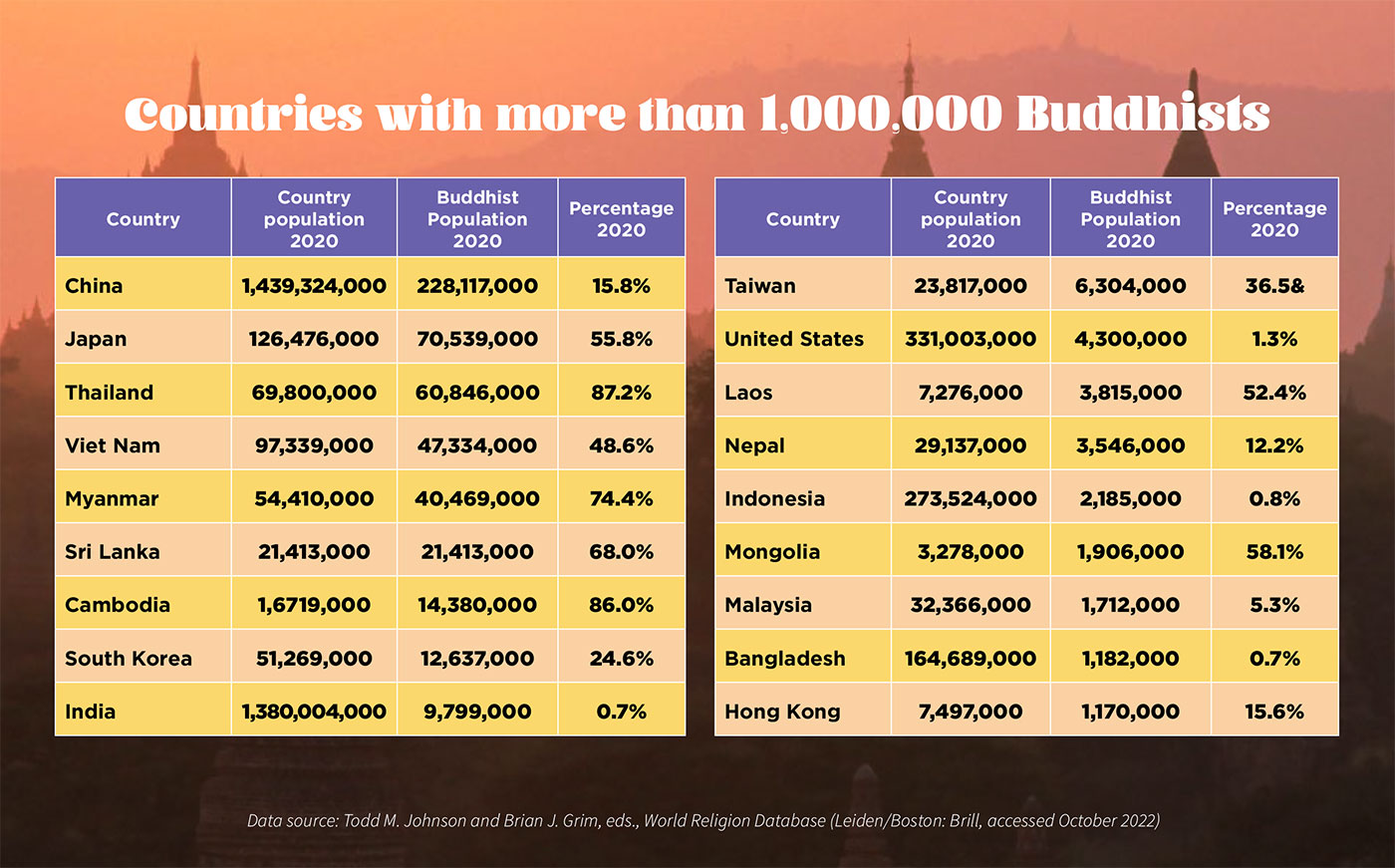
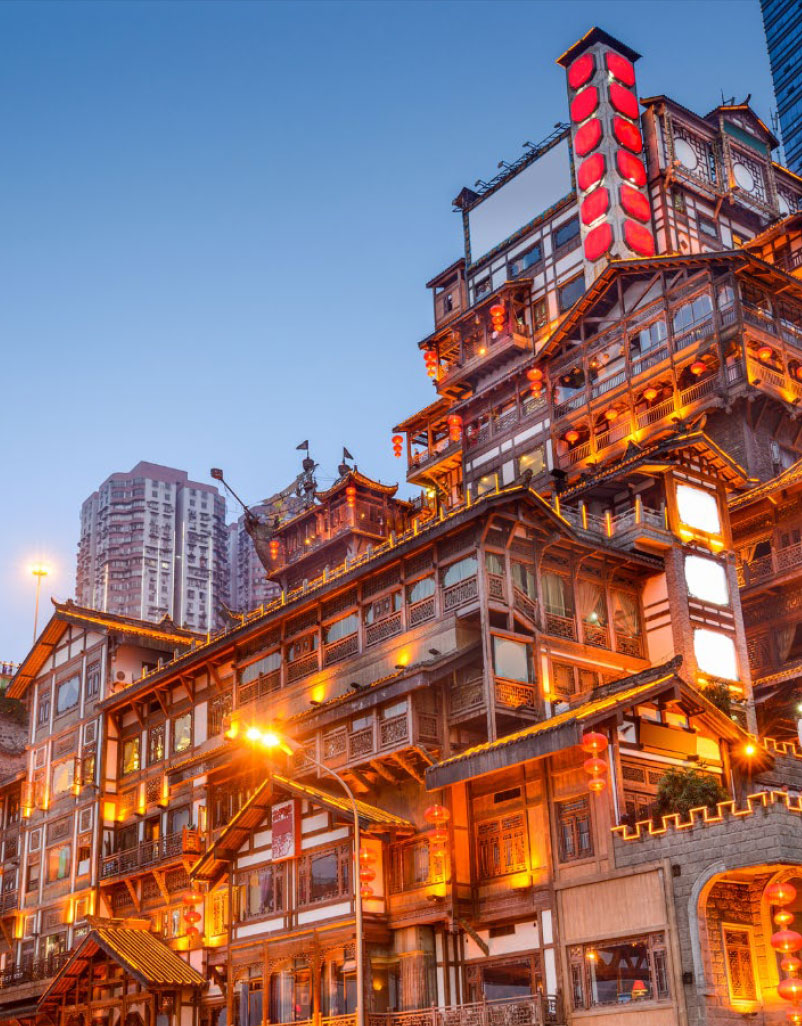
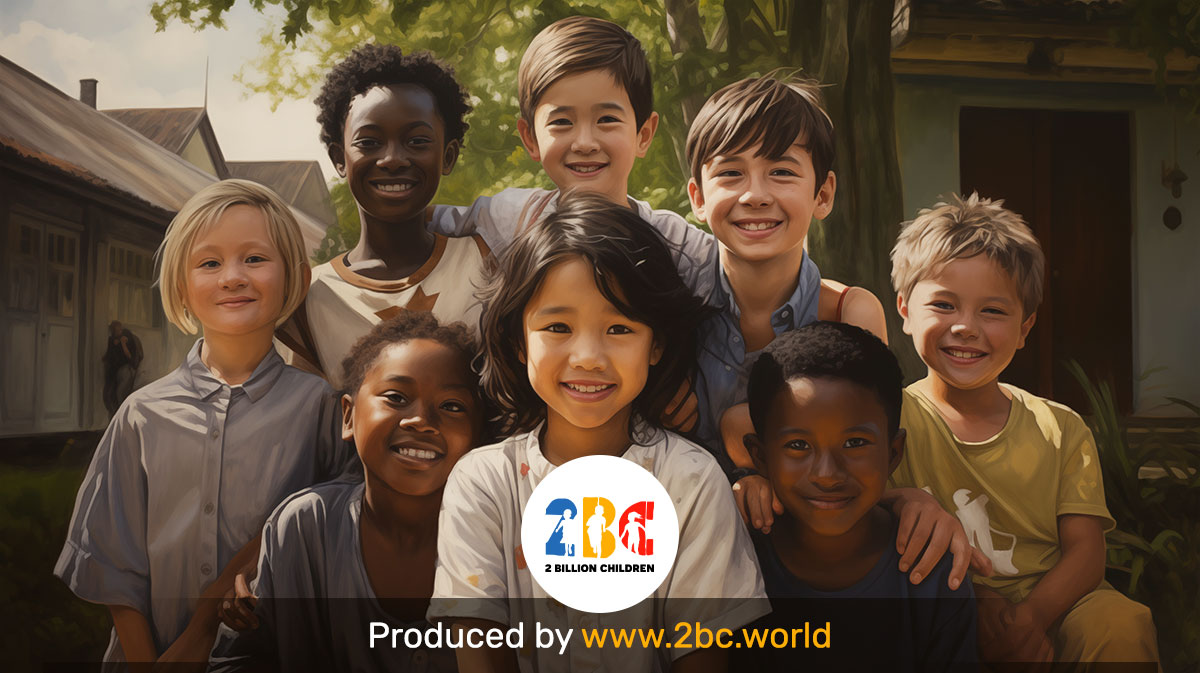


110 CIUDADES - Un proyecto de IPC a US 501(c)(3) No 85-3845307 | Más información | Sitio por: MEDIOS DE CIP
110 CIUDADES - Un proyecto de IPC a US 501(c)(3) No 85-3845307 | Más información | Sitio por: MEDIOS DE CIP